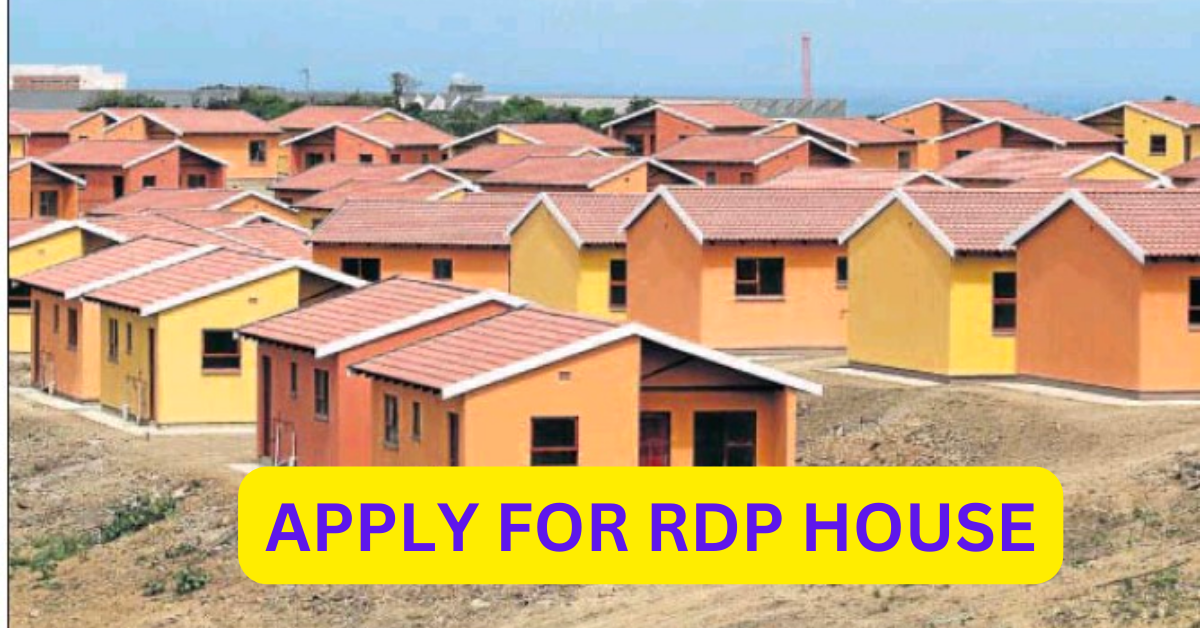Empowering the Underprivileged: How to Apply for RDP Houses in South Africa
Access to affordable housing is a fundamental right, and in South Africa, the Reconstruction and Development Programme (RDP) houses have been a crucial resource for addressing the housing needs of low-income individuals and families. In this blog post, we will focus on empowering the underprivileged by providing a comprehensive guide on how poor people can make applications for RDP houses in South Africa. By understanding the application process, individuals can take proactive steps towards securing safe and affordable housing.
Understanding RDP Houses
RDP houses are government-subsidized dwellings specifically designed for low-income households in South Africa. These houses are part of a comprehensive housing program aimed at alleviating poverty and promoting sustainable development. RDP houses provide a viable solution for families in need of shelter, offering affordable housing options that meet their basic needs.
Eligibility Criteria
To qualify for an RDP house, applicants must meet certain eligibility criteria, which typically include income thresholds and citizenship requirements. While the specific criteria may vary depending on the province and municipality, it is essential for applicants to inquire with their local municipality or housing department to understand the requirements specific to their area.
Application Process for RDP Houses
1. Contact Local Municipality or Housing Department: Begin by reaching out to your local municipality or housing department to gather information about the application process. They will provide you with the necessary application forms and guide you through the process.
2. Gather Required Documentation: Collect the required documentation, such as proof of income, identification documents, proof of residence, and any other documents specified by the application guidelines. It is crucial to ensure that the documentation is accurate and up to date.
3. Submitting the Application: Complete the application forms accurately, providing all the necessary information. Attach the required documentation and submit the application to the designated office or department. Ensure that you keep copies of all submitted documents for your records.
4. Interview and Assessment: In some cases, applicants may be required to attend an interview or undergo an assessment as part of the application process. This step helps determine the level of need and prioritizes allocations based on the available resources.
5. Application Processing and Waiting Period: After submitting the application, it undergoes a review and verification process. The waiting period for the outcome of the application may vary depending on the demand for housing in your area. Be patient and stay in contact with the relevant department for updates on the progress of your application.
6. Notification and Next Steps: If your application is successful, you will receive notification regarding the approval. The notification will include information about the allocated RDP house, such as its location and size. Follow the instructions provided by the housing department and complete any necessary paperwork, including signing a lease agreement and fulfilling financial obligations such as a deposit payment.
Conclusion
Access to safe and affordable housing is essential for the well-being and dignity of every individual. By understanding the application process for RDP houses, poor people in South Africa can take an active role in securing a stable and comfortable living environment. Through proactive engagement with local municipalities and housing departments, individuals can navigate the application process and improve their chances of obtaining an RDP house. Empowering the underprivileged with knowledge about the application process is a step towards creating more inclusive and equitable communities where everyone has access to decent housing.
